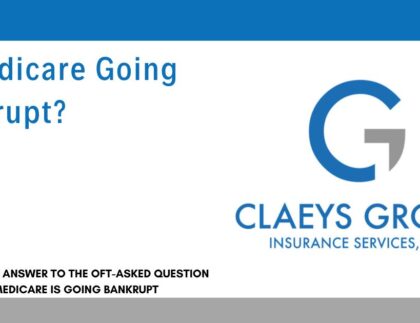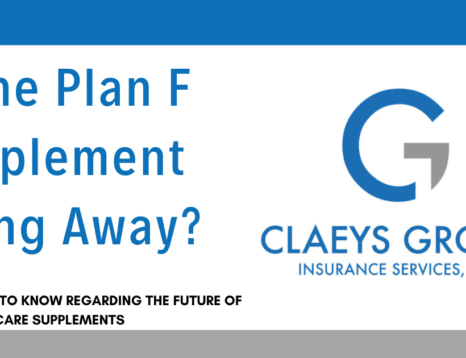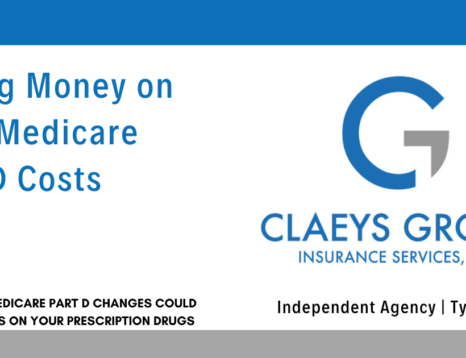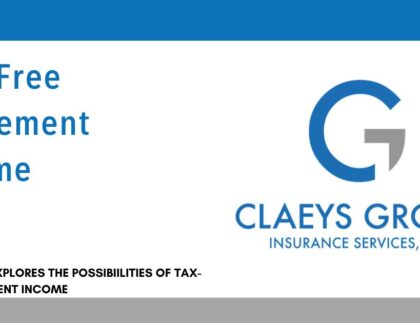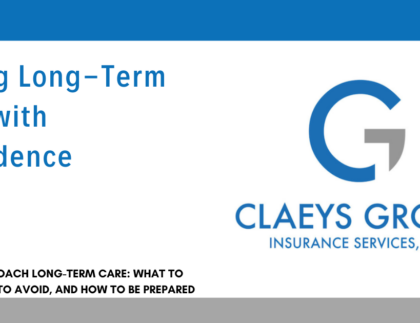2017 brings changes to Medicare, affecting Medicare Part A and Part B deductibles and copays. How will those 2017 Medicare changes affect you and your Medicare supplement?
Will My Medicare Last? On a weekly basis, clients ask me about the solvency of Medicare. No, they don’t use the word “solvency,” or even words like “bankrupt,” but clients do regularly ask me my informed opinion on how long Medicare will be around—at least in the form we know it now. But, before I...
I just received another call, posing the same concerned question: “I heard that Plan F is going away; what should I do?” Is Plan F going away? The answer to that question depends on what is meant by “going away.”
When shopping Advantage Plans, you will want to keep in mind some important keys to getting the Advantage Plan that is best for you.
We want to make a confession: We at Claeys Group have been blessed with the greatest clients in the world, or at least that is how we see it. Why do we view our clients in that way? There are a number of reasons to see our insurance clients as the greatest.
As we might expect, there will be a change in costs with Medicare Part D prescription drug plans for 2024. So what will this mean for you?
And how can you save money in 2024?
If you are in your 20s – 50s, are healthy, and are looking for a financial tool that will provide you with security, good growth on your money and tax-free income, an indexed universal life insurance policy may just be what you have been searching for. If so, explore this possibility with an experienced, trustworthy agent who will be able to answer your questions.
Long-term care insurance protects one’s resources. In addition, purchasing a long-term care policy preserves one’s choices. But long-term care insurance can be pricey; are there less expensive options? Yes. There are a couple of options with a provision for long-term care coverage—life insurance and annuities.
Term insurance definitely has its place in life planning—and what will eventually occur at the end of that life—but it is not for everyone. Though term life insurance is the lowest cost life insurance available today, there are only a few scenarios in which it may be a good buy for you. Here is the way it works.



